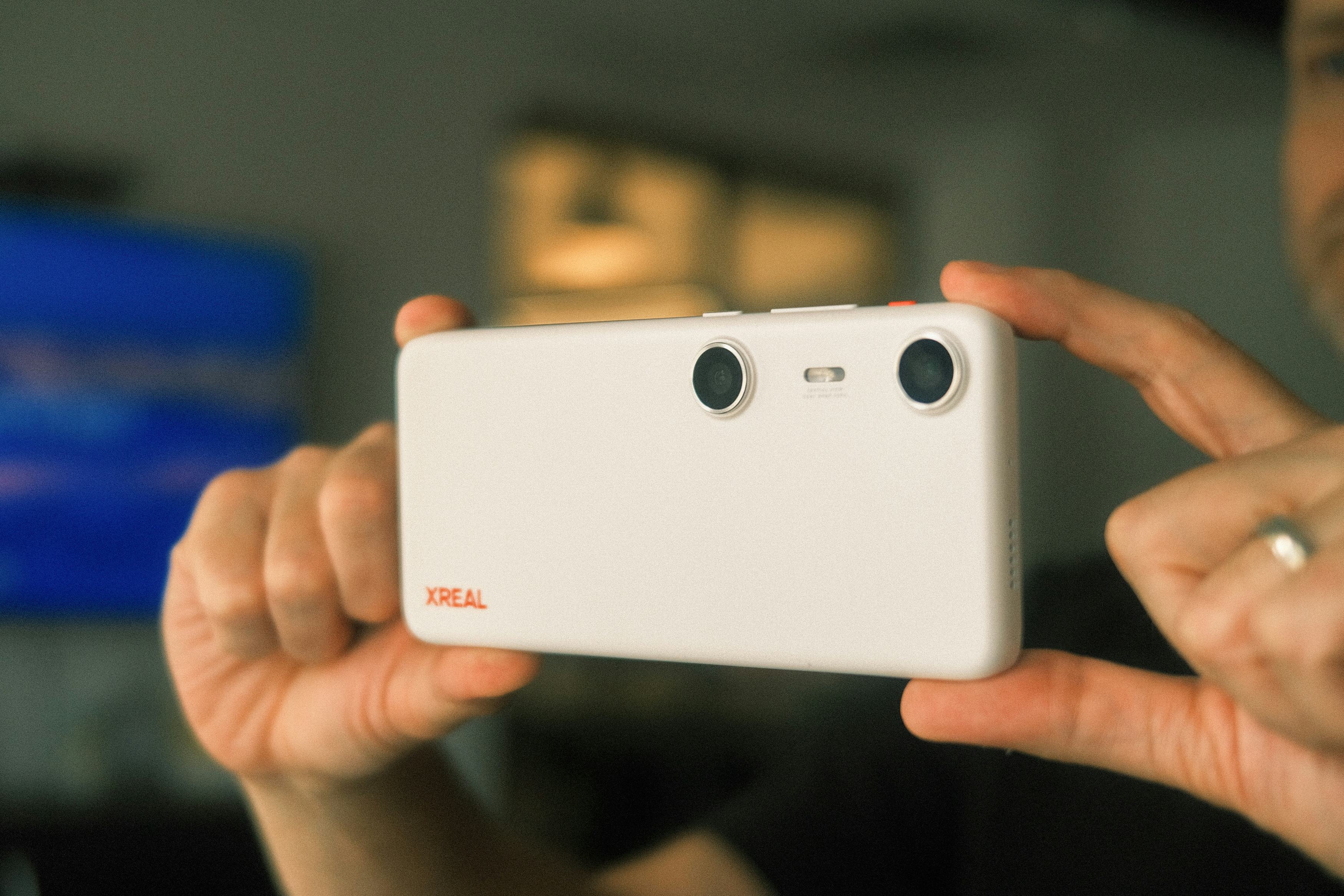
Apple and Meta are making steady progress towards fulfilling their vision for spatial computing (or mixed reality as it’s also called), but the Vision Pro and Quest 3 are still bulky headsets that come with comfort and battery life compromises. But what if there was another way to get a spatial computing experience that would literally be lighter on your face? Meet Xreal’s Beam Pro.
You may know Xreal as the company that sells lightweight video glasses like the Air, Air 2, Air 2 Pro, and soon, the Air 2 Ultra. These video glasses are super easy to use: Just plug your preferred device into them via USB-C and — boom — you’re watching movies, playing connected consoles, or using your laptop like you would if you were viewing stuff on a massive external monitor or TV.
Last July, Xreal dipped its toes into making its video glasses more than just a display you wear on your face and more of a computing platform with the Beam, a battery pack-sized accessory that, when connected, lets you do spatial computing stuff like pin virtual displays in your physical space without the need for an app running on a desktop computer. It was a good first try, but it was also complicated to use and there wasn’t enough content to look at on a virtual display.
With Beam Pro, Xreal might actually have a shot at bringing a decent spatial computing platform to the glasses form factor before anyone else does.
Is the Beam Pro a Phone?
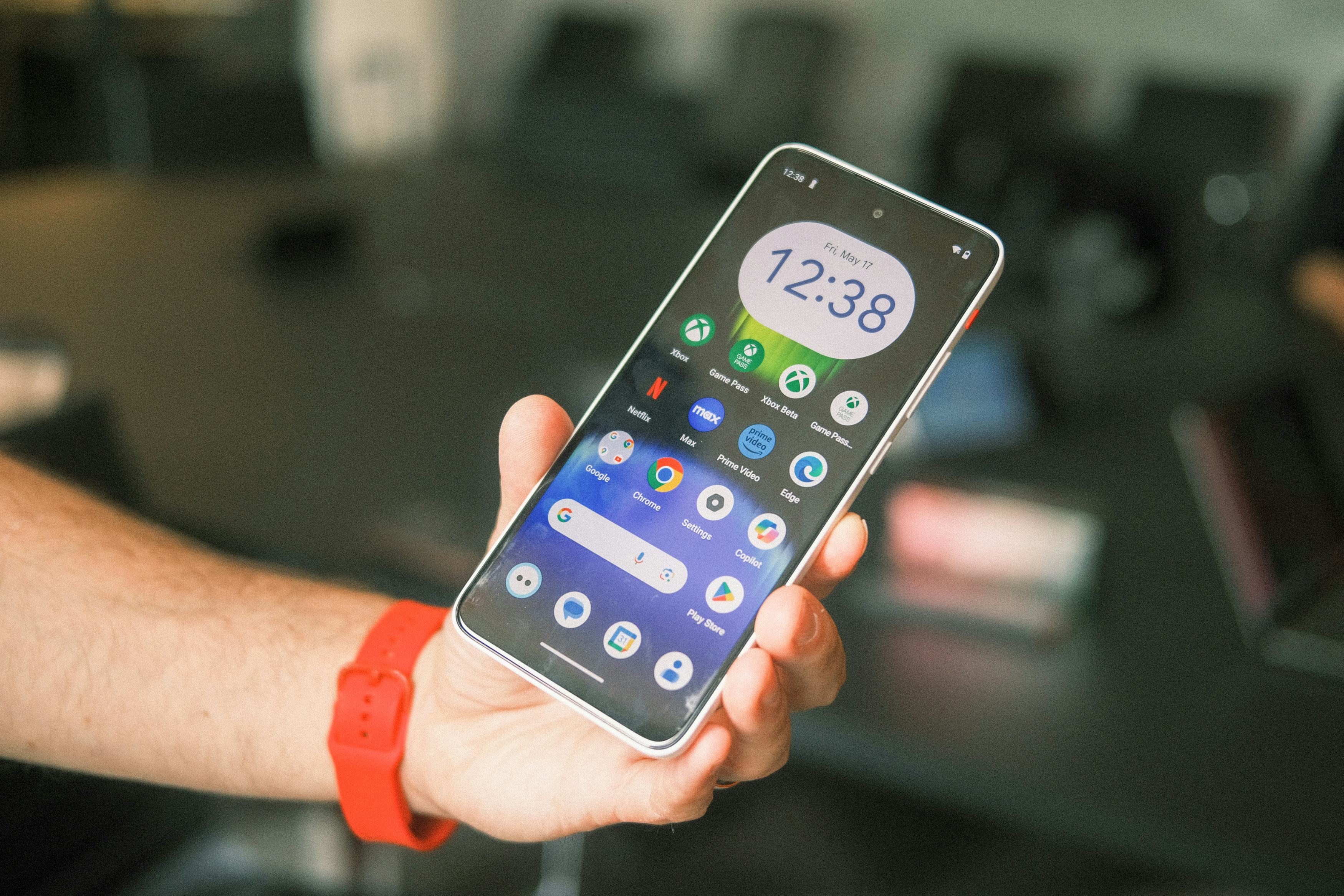
At first glance, the Beam Pro (available for $199 with 6GB of RAM and 128GB of storage or $249 with 8GB of RAM and 256GB of storage) looks just like a smartphone. It’s shaped like a phone, comes with a 6.5-inch touchscreen, uses an undisclosed Qualcomm Snapdragon chip, and runs Android 14 with the Google Play Store. But look just a little closer and you’ll see there are a few things that reveal something else is going on, like its dual USB-C ports and dual 50-megapixel cameras. The two USB-C ports are for charging and connecting to a pair of Xreal smart glasses; the dual rear cameras (spaced 50mm apart) are for capturing 3D photos and videos, you know, so you can create personal content with 3D depth for your own viewing.
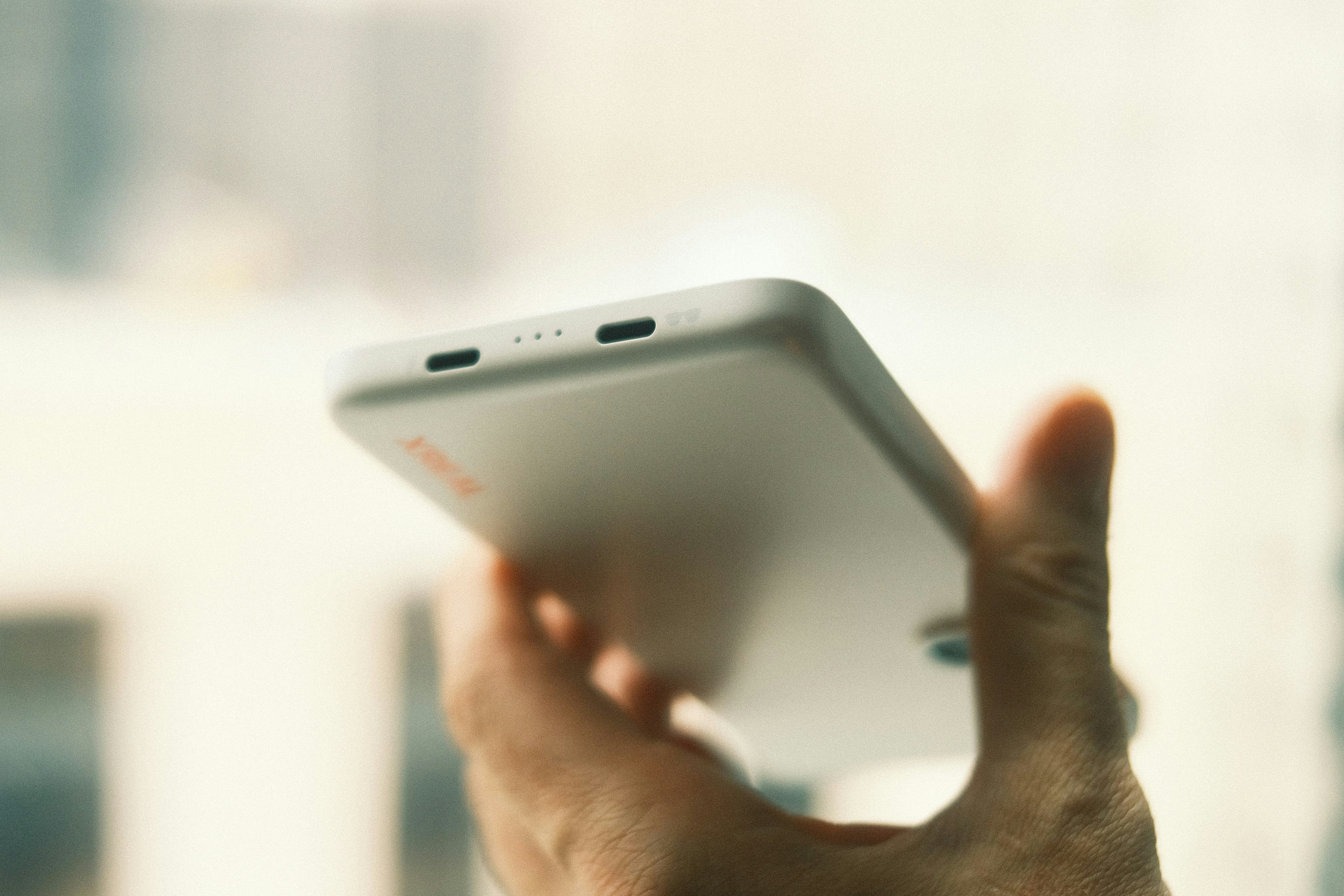
By making the Beam Pro mostly a smartphone, but without the phone and texting functionality, Xreal is solving the learning curve and content problems in a single go. If you know how to use an Android phone, you already know how to use the Beam Pro; Google Play also ensures there are millions of apps — whether that’s entertainment, games, or productivity — that can be viewed on a virtual display with a few taps.
First Impressions: It Has Potential
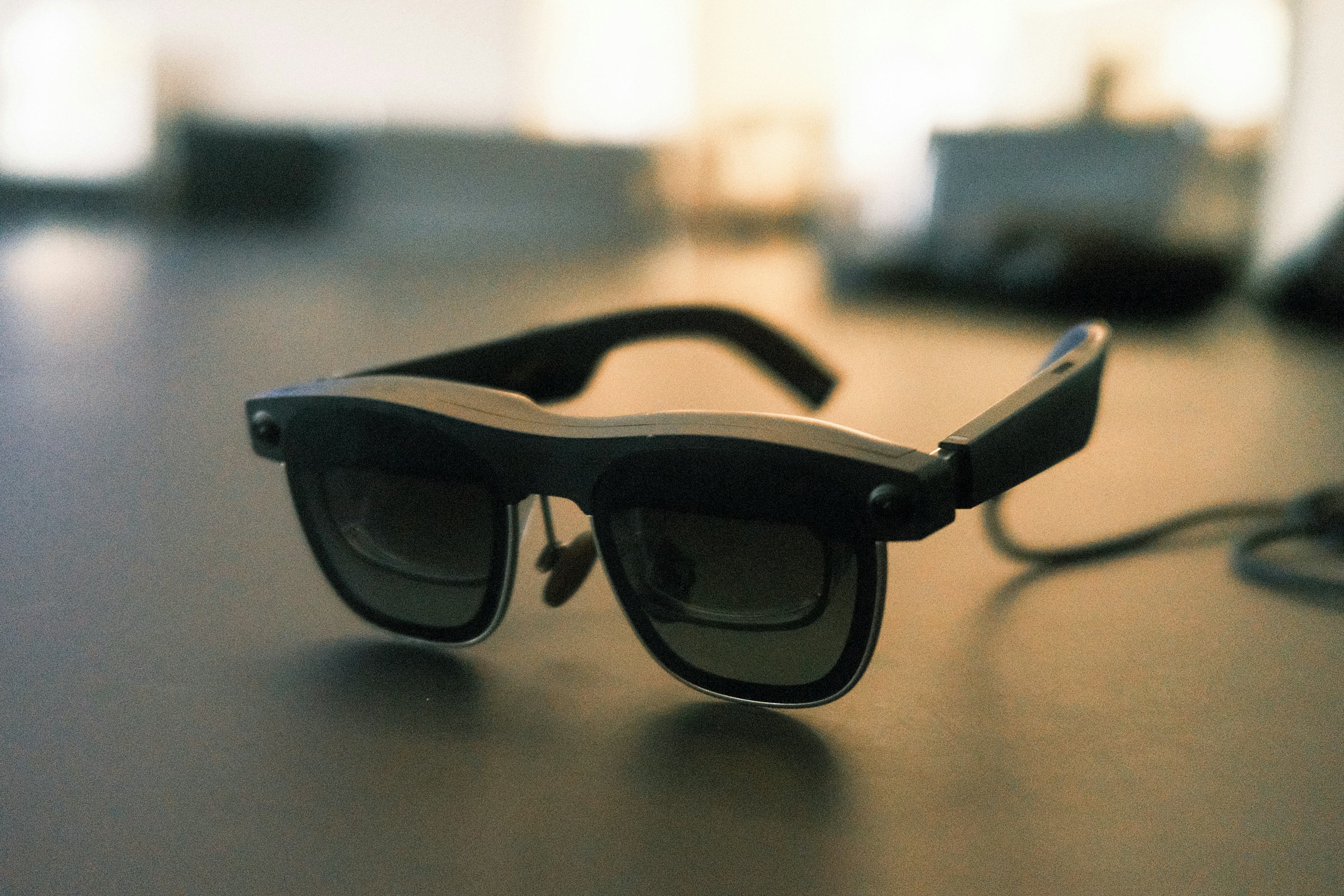
Last month, Xreal stopped by the Inverse office to show me the Beam Pro ahead of its announcement today. I got a demo of a pre-release Beam Pro paired with Air 2 Ultra so there were a few places where things were a bit unpolished. But overall, I was surprised by how easy it was to hook up the Beam Pro to a pair of Xreal video glasses and jump straight to watching content on a virtual 154-inch display.
My experience using video glasses has been a mixed bag. Some of them look good; others really bad. While far lighter than a headset, glasses as a form factor come with trade-offs, especially if you want to keep the dimensions compact. The screens are typically not very bright with light leaking in unless you use a cover of some kind; the resolution is often lower; the field of view is narrower.
There’s still room for improvement, but the Air 2 Ultra glasses knocked me off my socks. This is a case where tech specs do make a difference when comparing the $699 Air 2 Ultra to the $449 Air 2 Pro. The Air 2 Ultra has a wider 52-degree FOV, a faster 120Hz refresh rate (limited to 90Hz with content from Beam Pro), and hand tracking via its 6DoF tracking — all while weighing only 10 grams more (80g vs. 70g). Oh, and the electrochromic dimming, which can darken the light around the virtual display — it’s awesome.
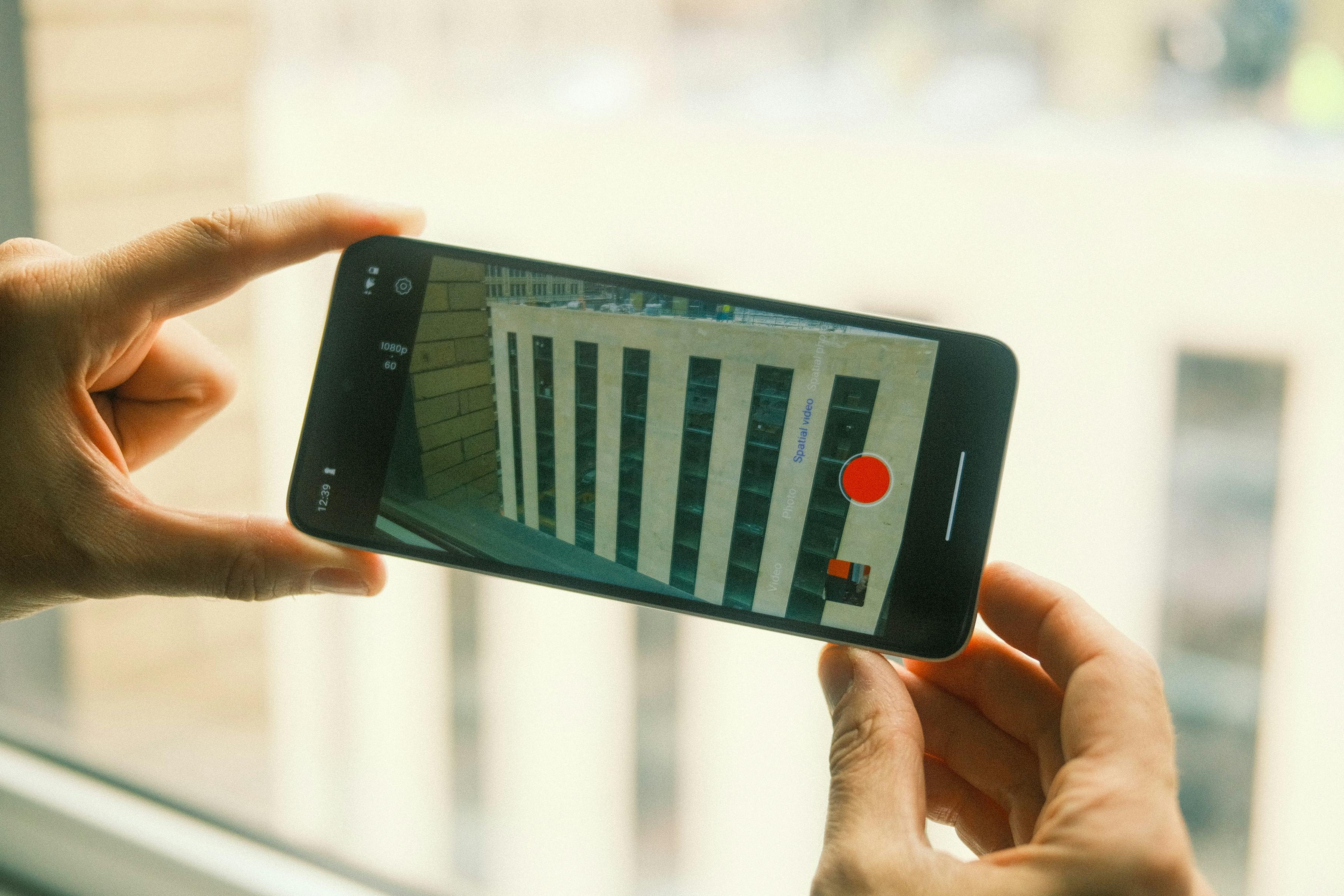
Combined with the Beam Pro, though, and the Air 2 Ultra glasses really shine. In my demo, I watched several short movie trailers and the virtual 150-inch screen looked crisp (even in 1080p) and — this is important — felt like it was actually 150 inches from about 13 feet away. The Micro-OLED displays are sharp enough to read text from a connected laptop.
There are two ways of viewing content using the Beam Pro: “Body Anchor Mode” where the the virtual screen is pinned in physical space and doesn’t move and “Smooth Follow Mode” where the screen moves with the direction of your head. Both looked good; neither made me motion sick, which immediately was a good sign.
Even better was that Xreal let me record my own 3D video with the Beam Pro’s dual cameras (just press the record button in its camera app) and, I kid you not, it looked really good. 3D videos and photos had a good amount of depth to make them pop; 3D-recorded videos are as good, if not better, than the spatial videos you can take with an iPhone 15 Pro.

I wish I got to see more types of content from the Beam Pro via the Air 2 Ultra’s virtual screens, but alas, I was limited to a few during my short demo. Where the Beam Pro could — and that’s a big could — really put a stake in the ground is with augmented reality. I saw a very barebones demo app where I could look around at a bunch of robots on the ground and then shoot at enemies. The app was pretty jittery and the head-tracking was far from smooth or responsive, but it gave me an idea of what Xreal is trying to do, which is build a spatial computing platform off of Android. In another app demo, we used cardboard markers that the glasses could track. Each of the markers had a piece inside of it that you could reposition, and doing so would trigger a different visual augmented reality experience. One might be seeing a 3D model; moving a piece might show a different type of content. Again, the app wasn’t so much a finished experience as it was a look at what’s possible.
Easily the most impressive part was seeing the sensors in the glasses scan the conference room we were in and quickly create a mesh map of the objects in the room and then create augmented reality environments that were overlaid on top of them.
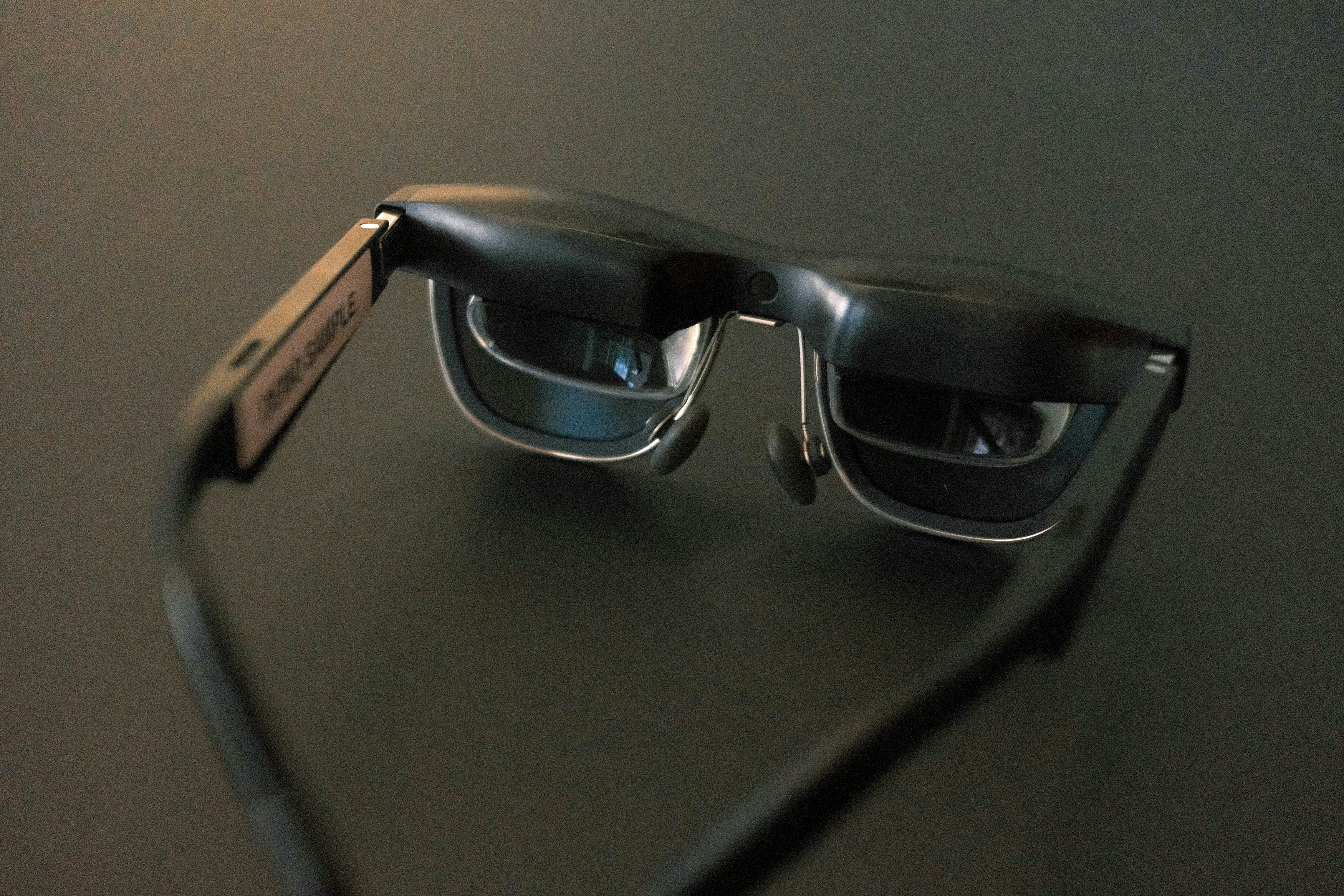
Unlike desktop and mobile, spatial computing is completely new territory. There are no winners... yet. Apple, Meta, or a startup like Xreal could set the tone for what form factor becomes widely accepted and what kinds of content and services work best. Apple and Meta are doing what they do best — building up their ecosystems through traditional app stores that they operate — but Xreal is taking a more open approach. It’s building on top of the existing Google Play Store because why not? The apps and content are already there; there’s no need for developers to recompile again unless it’s to “spatialize” their content.
Doing things this way also means lowering the cost of getting into spatial computing. Totaled up, the Air 2 Ultra glasses and a Beam Pro start at $900, significantly less than a $3,500 Apple Vision Pro. Xreal is also selling other bundles with its more affordable video glasses, like with the Air ($500), Air 2 ($600), and Air 2 Pro ($650).
I don’t have a crystal ball that will tell me whether Xreal is onto something here or developers will completely ignore it in favor of Apple’s larger visionOS platform, but I do know one thing: I like the fire in Xreal. The company’s going up against giants and it’s going to get big or die trying. That’s something to be excited for in the world of consumer tech where platform ecosystems have largely been carved up by existing tech behemoths.







